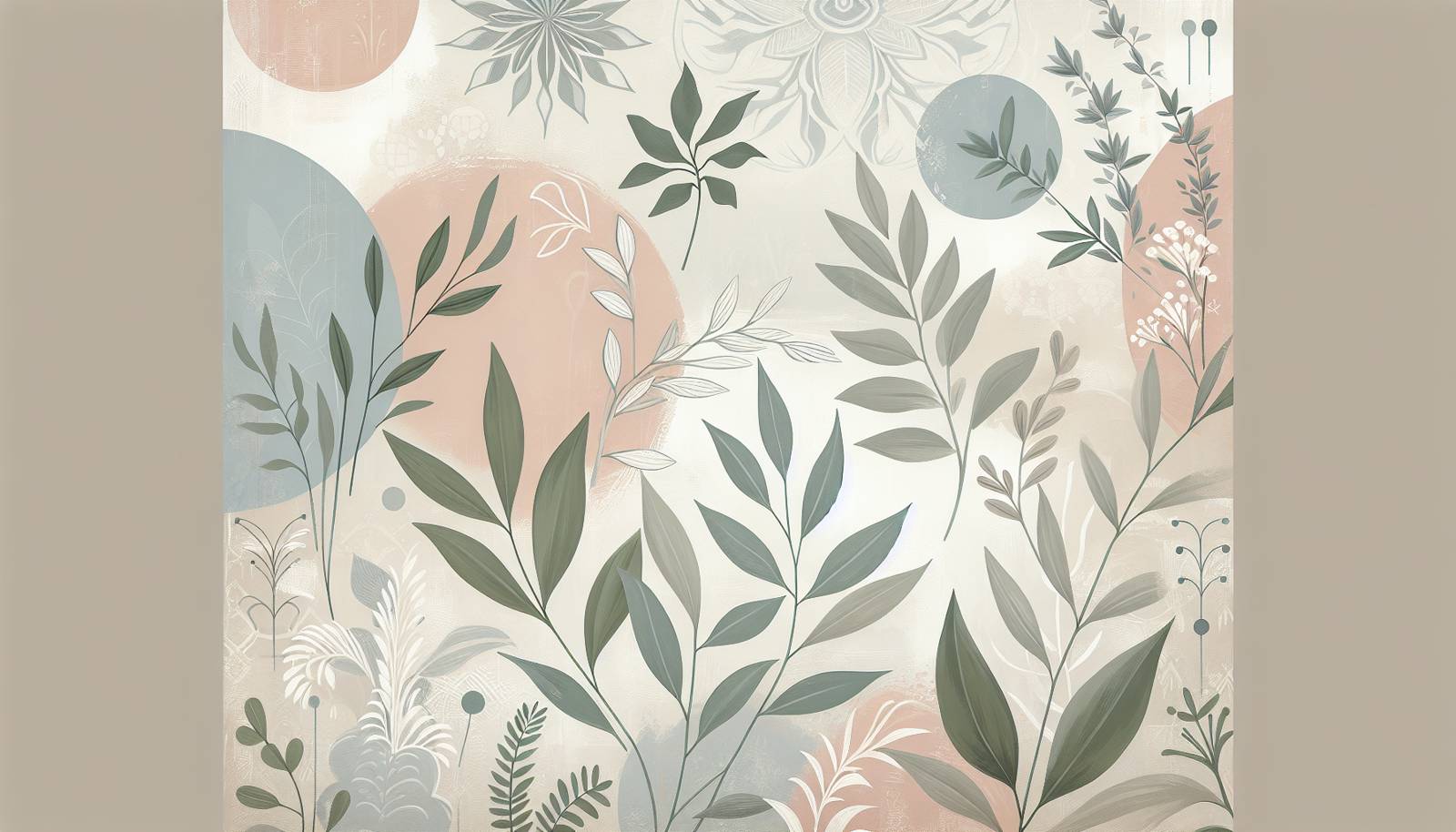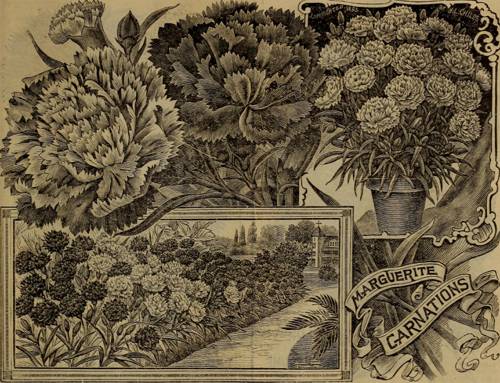
FAQ About Fragrant Indoor Plants

What are some popular fragrant indoor plants?
Popular fragrant indoor plants include Jasmine, Gardenia, Lavender, and Eucalyptus. These plants are well-known for their aromatic qualities and can enhance the ambiance of your home.

How do I care for a fragrant indoor Jasmine plant?
Jasmine requires bright, indirect sunlight and consistently moist soil. During the growing season, fertilize every few weeks, and ensure good humidity levels to encourage blooming.

Are there any fragrant indoor plants that are easy to care for?
Yes, plants like the Peace Lily and Snake Plant are known for their ease of care. While not as commonly fragrant as others, varieties like the scented Geranium offer ease of maintenance with a pleasant aroma.

Which indoor plant has the most intense fragrance?
Gardenia is often considered to have one of the most intense fragrances among indoor plants. Its rich, sweet smell can fill a room, but it requires careful attention to light and moisture conditions.

How can I enhance the fragrance of my indoor plants?
To enhance the fragrance of indoor plants, ensure they receive proper sunlight exposure, regular watering, and fertilization. Pruning and maintaining good humidity can also help in boosting their scent.

Can fragrant indoor plants help improve indoor air quality?
Many fragrant indoor plants like Lavender and Jasmine are known to improve air quality by filtering pollutants and increasing oxygen levels, providing both aromatic pleasure and health benefits.

Where is the best place to position fragrant indoor plants?
Place fragrant indoor plants in areas where you spend a lot of time, like living rooms or bedrooms, but ensure they are placed where they receive the needed light, either direct or indirect, depending on the plant type.

Do fragrant indoor plants require special soil?
Most fragrant indoor plants thrive in well-draining soil. Some, like Lavender, prefer sandy or slightly alkaline soil, while others like Gardenia need acidic soil to flourish.

Can I grow fragrant indoor plants in low-light conditions?
While most fragrant indoor plants prefer bright, indirect sunlight, some can adapt to low-light conditions, although their fragrance might be less intense. Peace Lily is one such plant that tolerates lower light levels.

What should I avoid when caring for fragrant indoor plants?
Avoid overwatering or exposing them to too much direct sunlight, as these conditions can harm the plant and reduce fragrance. Also, be cautious of temperature fluctuations and pests.

How often should I water fragrant indoor plants?
The watering frequency depends on the plant type and environment, but generally, allow the topsoil to dry out slightly between waterings. Plants like Mint need more frequent watering, while Lavender prefers drier conditions.

Are fragrant indoor plants safe for pets?
Not all fragrant indoor plants are safe for pets. For example, Gardenias can be toxic to cats and dogs. Always check the specific plant's safety for pets or opt for pet-friendly varieties like certain ferns or spider plants.

Do fragrant indoor plants attract insects?
Fragrant plants can sometimes attract insects; however, with proper care and maintenance, such as avoiding overwatering and ensuring good air circulation, this can be minimized.

Can fragrant indoor plants be used for aromatherapy?
Yes, plants like Lavender and Rosemary are commonly used for their calming properties in aromatherapy. Their natural scents can help relax the mind and body when placed in living areas.

How do seasonal changes affect fragrant indoor plants?
Seasonal changes can impact light and humidity levels, which in turn affect plant growth and fragrance. During winter, indoor plants may need additional light sources and adjusted watering routines.

What is the best fertilizer for fragrant indoor plants?
A balanced, slow-release fertilizer is generally recommended for fragrant indoor plants. However, specific needs may vary, so it's best to research individual plant requirements, such as Gardenia's preference for acidic fertilizers.

Can fragrant indoor plants be propagated easily?
Many fragrant indoor plants can be propagated through cuttings or division. For instance, Lavender and scented Geraniums can be propagated by cuttings, providing new plants with the same aromatic qualities.

How can I tell if my fragrant indoor plant is stressed?
Signs of stress in fragrant plants include yellowing leaves, wilting, stunted growth, or reduced fragrance. Assess conditions such as light, water, and pests to address any issues promptly.

What are some fragrant indoor plants suited for small spaces?
For small spaces, consider plants like the Pilea, Orchid, or Miniature Roses. These offer delightful scents while staying compact and manageable, perfect for apartments or smaller homes.

How can I maintain humidity levels for my fragrant indoor plants?
To maintain humidity, place a water tray nearby, use a humidifier, or mist the plants regularly. These methods help create an environment conducive to growth and fragrance.
